
Porta Santa Maria
A sacred passage of faith and renewal, the Porta Santa at Basilica di Santa Maria Maggiore offers spiritual solace and historical grandeur.

Highlights
Must-see attractions

Social
From TikTok & Reddit
Best Time
Beat the crowds for a peaceful visit.

Porta Santa Maria
Best Time
Beat the crowds for a peaceful visit.

Highlights
Must-see attractions
A sacred passage of faith and renewal, the Porta Santa at Basilica di Santa Maria Maggiore offers spiritual solace and historical grandeur.
"I loved the serenity here, with multiple interesting church relics and stories."
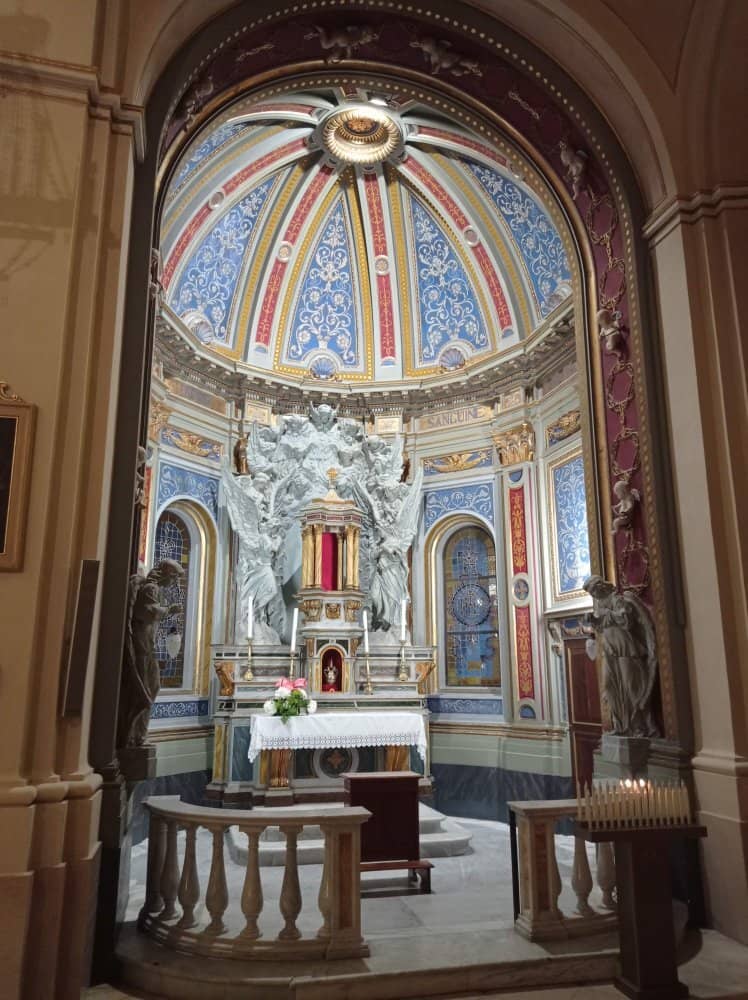
⏳ Beat the Jubilee Crowds
If visiting during a Jubilee year, aim for early mornings on weekdays to minimize wait times for the Porta Santa.
🙏 Prepare for a Spiritual Experience
Passing through the Porta Santa is a profound act of faith. Reflect on its meaning before you enter.
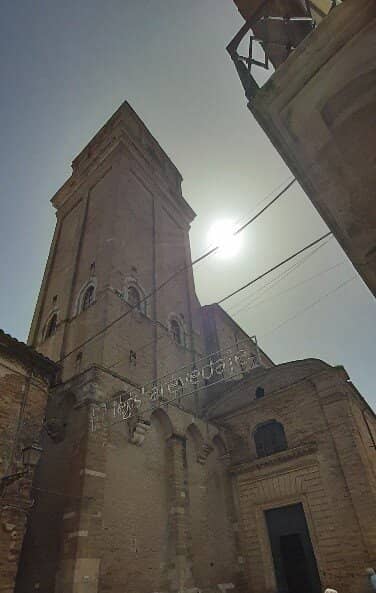
Highlights
Discover the most iconic attractions and experiences
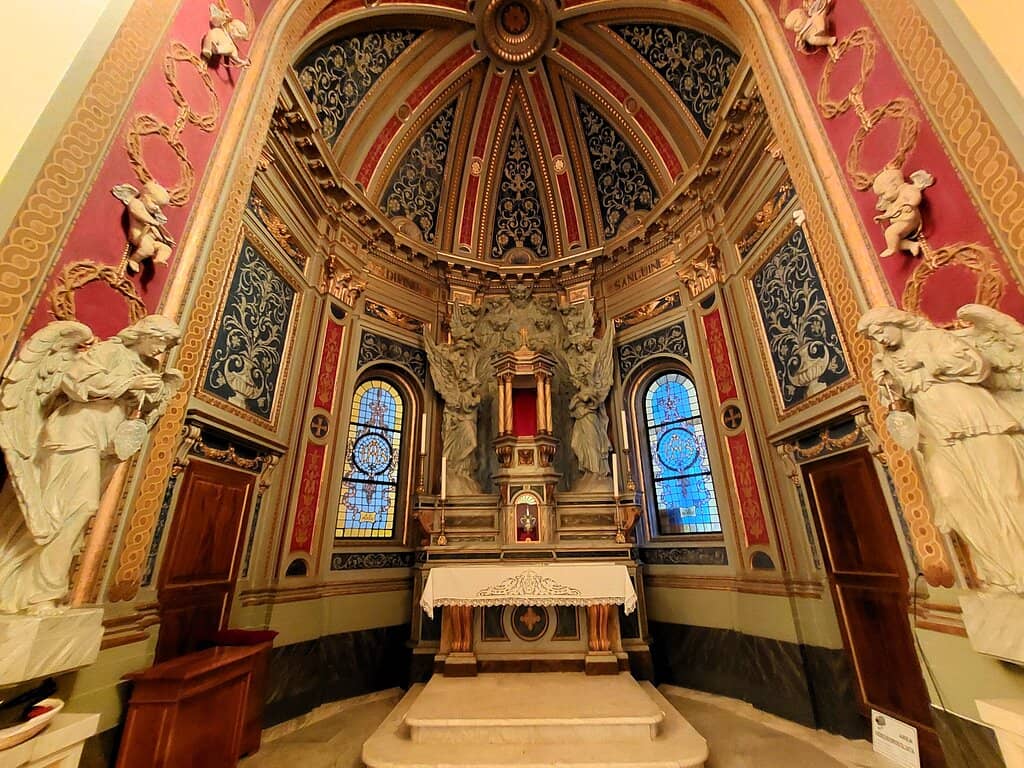
The Holy Door (Porta Santa)
Basilica di Santa Maria Maggiore
A sacred passage for pilgrims, symbolizing renewal and God's mercy. Opens only during Jubilee years.
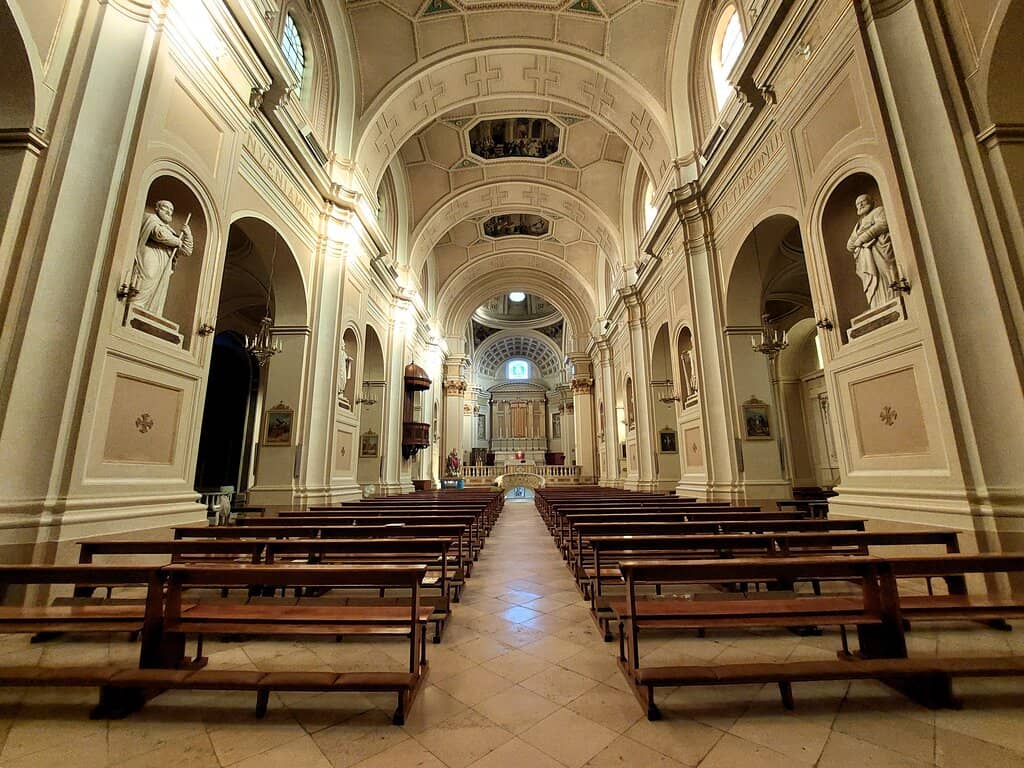
Pope Francis's Tomb
Chapel of the Nativity, Basilica di Santa Maria Maggiore
The final resting place of Pope Francis, a significant site for many visitors.

Ancient Mosaics
Various chapels and the apse
Stunning 5th-century mosaics depicting biblical scenes, a testament to early Christian art.
Plans like a pro.
Thinks like you
Planning Your Visit
Timing Your Visit for the Jubilee
Understanding the Spiritual Significance
Best Times
Insider Tips
from TikTok, Instagram & Reddit
⏳ Beat the Jubilee Crowds
If visiting during a Jubilee year, aim for early mornings on weekdays to minimize wait times for the Porta Santa.
🙏 Prepare for a Spiritual Experience
Passing through the Porta Santa is a profound act of faith. Reflect on its meaning before you enter.
⛪ Respectful Attire Required
Dress modestly, covering shoulders and knees, as this is a sacred religious site.
🚶♀️ Easy Access from Historic Center
The basilica is within walking distance of Rome's historic district, making it convenient to visit.
Tips
from all over the internet
⏳ Beat the Jubilee Crowds
If visiting during a Jubilee year, aim for early mornings on weekdays to minimize wait times for the Porta Santa.
🙏 Prepare for a Spiritual Experience
Passing through the Porta Santa is a profound act of faith. Reflect on its meaning before you enter.
⛪ Respectful Attire Required
Dress modestly, covering shoulders and knees, as this is a sacred religious site.
🚶♀️ Easy Access from Historic Center
The basilica is within walking distance of Rome's historic district, making it convenient to visit.
🖼️ Admire Ancient Art
Don't miss the incredible 5th-century mosaics; they are a highlight of the basilica's rich history.
What Travellers Say
Reviews Summary
Visitors consistently praise the profound serenity and beauty of Porta Santa Maria, highlighting its rich history and significant religious relics. The ancient mosaics and the tomb of Pope Francis are frequently mentioned as awe-inspiring. While generally well-received, some find the crowds during peak times or Jubilee years to be a drawback.
"I loved the serenity here😻"
Gigia TravelCat
"Tasty food white wash look."
MARIA RUSSO
"Multiple interesting church relics and stories. Easy walking distance from the historic district and relatively good shopping."
Marvin Taylor
What People Like
What People Dislike
Frequently Asked Questions
🚇 🗺️ Getting There
Porta Santa Maria is located within the Basilica di Santa Maria Maggiore. You can reach it by public transport, including buses and the metro (Termini station is nearby). It's also a pleasant walk from many central Rome locations.
Yes, the Basilica di Santa Maria Maggiore is well-served by public transport. Several bus lines stop nearby, and the 'Termini' metro station (Lines A and B) is a short walk away.
Yes, it's a walkable distance, approximately 20-25 minutes. It's a scenic route through parts of central Rome.
Parking in central Rome can be challenging and expensive. It's generally recommended to use public transport or taxis to reach the basilica.
The area around the Basilica di Santa Maria Maggiore is generally safe, but like any major tourist area, it's wise to be aware of your surroundings and keep valuables secure.
🎫 🎫 Tickets & Entry
Entry to the Basilica di Santa Maria Maggiore is generally free. However, during Jubilee years, there might be specific procedures or timed entries for the Porta Santa. It's advisable to check the official basilica website for the most current information.
The Basilica di Santa Maria Maggiore has specific opening hours, which can vary seasonally. The Porta Santa is typically open during the basilica's operating hours, especially during Jubilee years. Check the official website for precise times.
Passing through the Porta Santa itself is a spiritual act and does not typically have a direct fee. However, donations to the basilica are always appreciated.
The Porta Santa is only opened during Holy Years (Jubilee years), which occur every 25 years. The last one was in 2000, and the next is in 2025.
During Jubilee years, it's wise to check if advance booking or timed entry is recommended or required for the Porta Santa to avoid long queues.
🎫 ⛪ Onsite Experience
Passing through the Porta Santa is a symbolic act of crossing a threshold into God's mercy and grace, often associated with receiving a plenary indulgence during Jubilee years. It represents spiritual renewal.
Modest attire is required. Ensure your shoulders and knees are covered out of respect for this sacred religious site.
Photography is generally permitted inside the basilica, but flash photography is usually prohibited to protect the ancient artworks. Always be mindful of other visitors and any posted signs.
Besides the Porta Santa, highlights include the stunning 5th-century mosaics, the tomb of Pope Francis, the Sistine Chapel (not the one in the Vatican), and the beautiful gilded ceiling.
A visit to the Porta Santa and a brief exploration of the basilica can take anywhere from 30 minutes to an hour, depending on crowds and your interest in the art and history.
🍽️ 🍽️ Food & Dining
Yes, the area around the Basilica di Santa Maria Maggiore has numerous restaurants, cafes, and trattorias offering a variety of Italian cuisine. You can find options ranging from quick bites to more formal dining experiences.
You can expect traditional Roman dishes, pizza, pasta, and gelato. Many eateries cater to both tourists and locals.
Yes, look for 'pizza al taglio' (pizza by the slice) or small cafes offering paninis for more affordable meal options.
Most Italian restaurants will have vegetarian options like pasta with vegetable sauces or margherita pizza. Vegan options might require specific requests, but are increasingly available.
Eating near the basilica is convenient, but prices can sometimes be higher due to the tourist location. Exploring a few blocks away might offer more local and potentially better value options.
📸 📸 Photography
The Porta Santa itself is a key photo opportunity. Also, capture the grandeur of the basilica's facade and interior, especially the mosaics.
Yes, photography is generally allowed inside, but avoid using flash to protect the delicate ancient artworks. Be respectful of worshippers.
A camera with good low-light performance is beneficial due to the basilica's interior lighting. A wide-angle lens can help capture the scale of the mosaics and architecture.
While general photography is allowed, be mindful of any specific signs or requests from clergy regarding areas where photos are prohibited, especially during services.
Early morning visits often mean fewer people, allowing for clearer shots. Natural light can also be softer and more appealing at certain times, though the basilica is well-lit.
For Different Travelers
Tailored advice for your travel style
👨👩👧 Families with Kids
Keep the visit relatively short to maintain children's attention. Look for opportunities to explain the stories depicted in the mosaics in simple terms. Nearby, you can find family-friendly eateries offering pizza and gelato, which can be a good reward after a visit. Ensure children are dressed appropriately (shoulders and knees covered) to respect the religious nature of the site.
🙏 Devout Pilgrims
Plan your visit to allow ample time for reflection and prayer. Consider attending a mass or service if your schedule permits. The tomb of Pope Francis is also a significant site for veneration. Research the specific dates and times for the opening and closing of the Porta Santa during the Jubilee year and be prepared for crowds, as this is a deeply revered experience for many.
🏛️ History & Art Enthusiasts
Beyond the mosaics, explore the various chapels and artworks within the basilica, including the tomb of Pope Francis and the gilded ceiling. Consider visiting during off-peak hours to better appreciate the details without the rush of crowds. Engaging with historical context, perhaps through a guided tour or an audio guide, will greatly enhance your appreciation of this significant Roman landmark.
Deep Dives
In-depth insights and expert knowledge
The Significance of the Porta Santa
During the Jubilee, the door is sealed with mortar and brick and only opened on Christmas Eve of the Jubilee year by the Pope (or his delegate for other papal basilicas). The act of opening the door is ceremonial, and once opened, it remains accessible to pilgrims until the end of the Jubilee year. The Basilica di Santa Maria Maggiore is one of the four papal basilicas in Rome that feature a Holy Door, making it a significant destination for those undertaking the pilgrimage.
Visitors often describe a deep sense of peace and reverence when passing through the Porta Santa. It's a moment to reflect on one's spiritual journey and to embrace the themes of forgiveness and reconciliation central to the Jubilee celebration. The experience is not just about the physical act of walking through a door, but about the internal transformation it signifies.
A Glimpse into History: The Basilica di Santa Maria Maggiore
The basilica is renowned for its incredibly preserved ancient mosaics, dating back to the 5th century. These vibrant artworks adorn the apse, the triumphal arch, and the nave, depicting scenes from the Old Testament and the life of Mary. The nave mosaics, in particular, are among the oldest and most important examples of early Christian art in Rome. The basilica also boasts a magnificent gilded ceiling, believed to have been decorated with gold brought back by Christopher Columbus from the Americas.
Beyond its artistic treasures, Santa Maria Maggiore holds significant historical and religious importance. It houses the tomb of Pope Francis, a recent and notable addition that draws many visitors. The basilica has undergone numerous renovations and additions throughout its history, blending different architectural styles while maintaining its ancient core. It remains a vibrant center of worship and a testament to centuries of faith and artistry.
Navigating the Basilica: Tips for Visitors
Inside, take your time to admire the art and history. The 5th-century mosaics are a must-see, as is the tomb of Pope Francis. Photography is usually permitted, but avoid flash to protect the delicate artworks. Consider downloading an audio guide or joining a guided tour to gain deeper insights into the basilica's rich history and significance.
For those interested in the spiritual aspect, passing through the Porta Santa is a central experience during Jubilee years. Reflect on its meaning and prepare for a moment of spiritual renewal. The basilica is conveniently located and walkable from many central Rome attractions, making it an accessible yet profound destination.
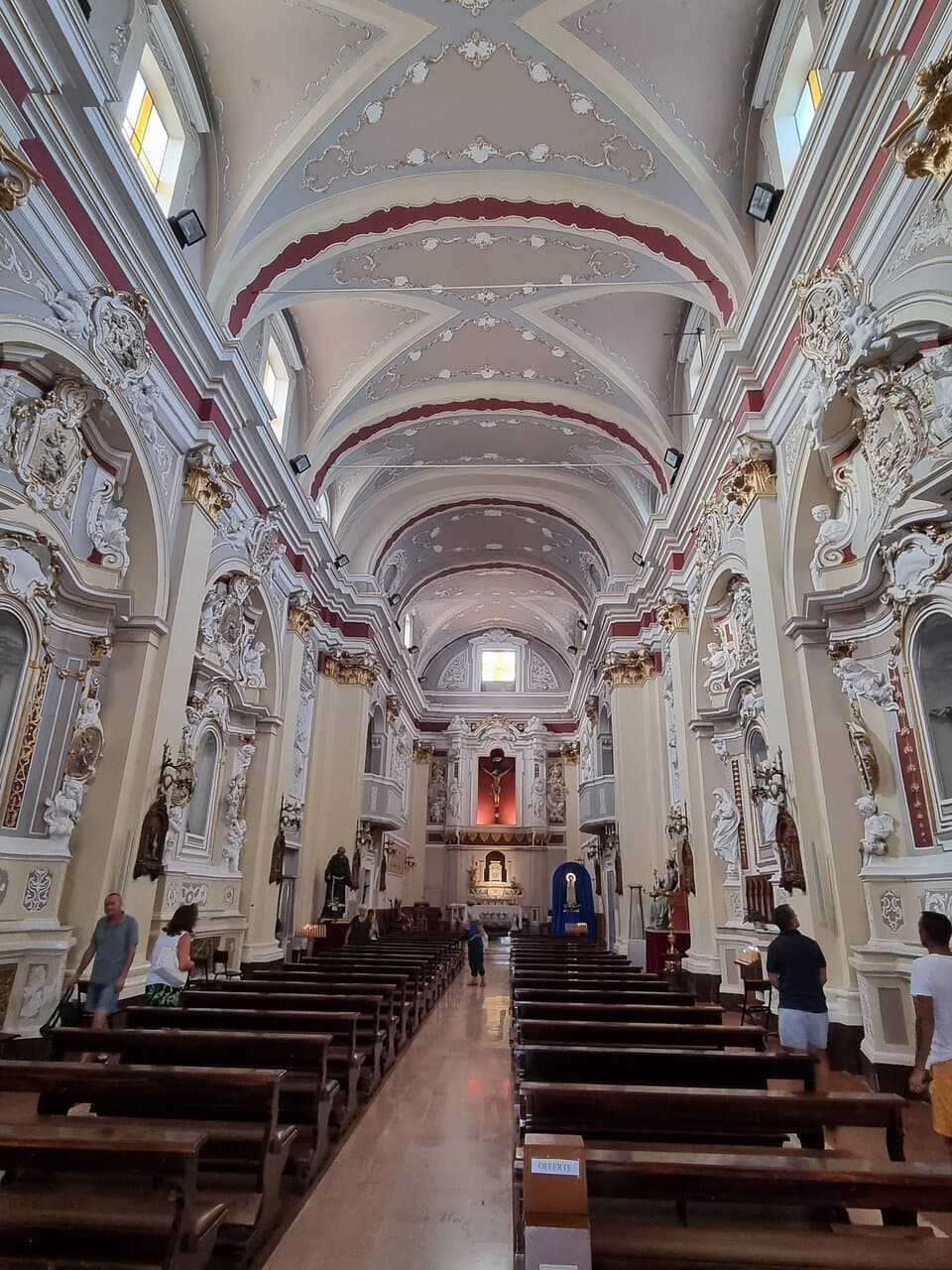
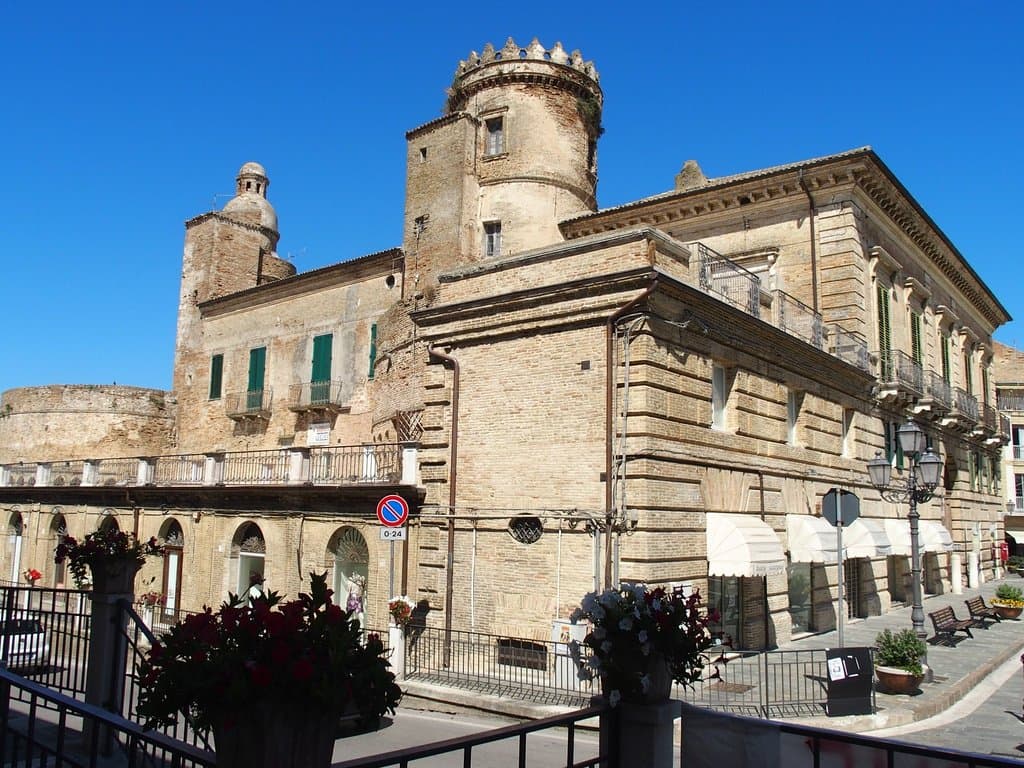
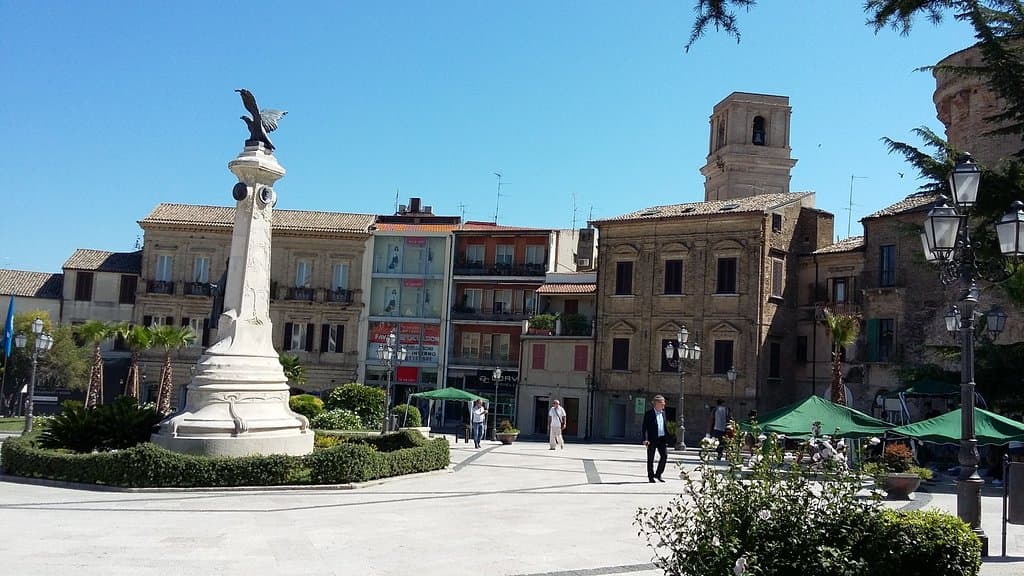
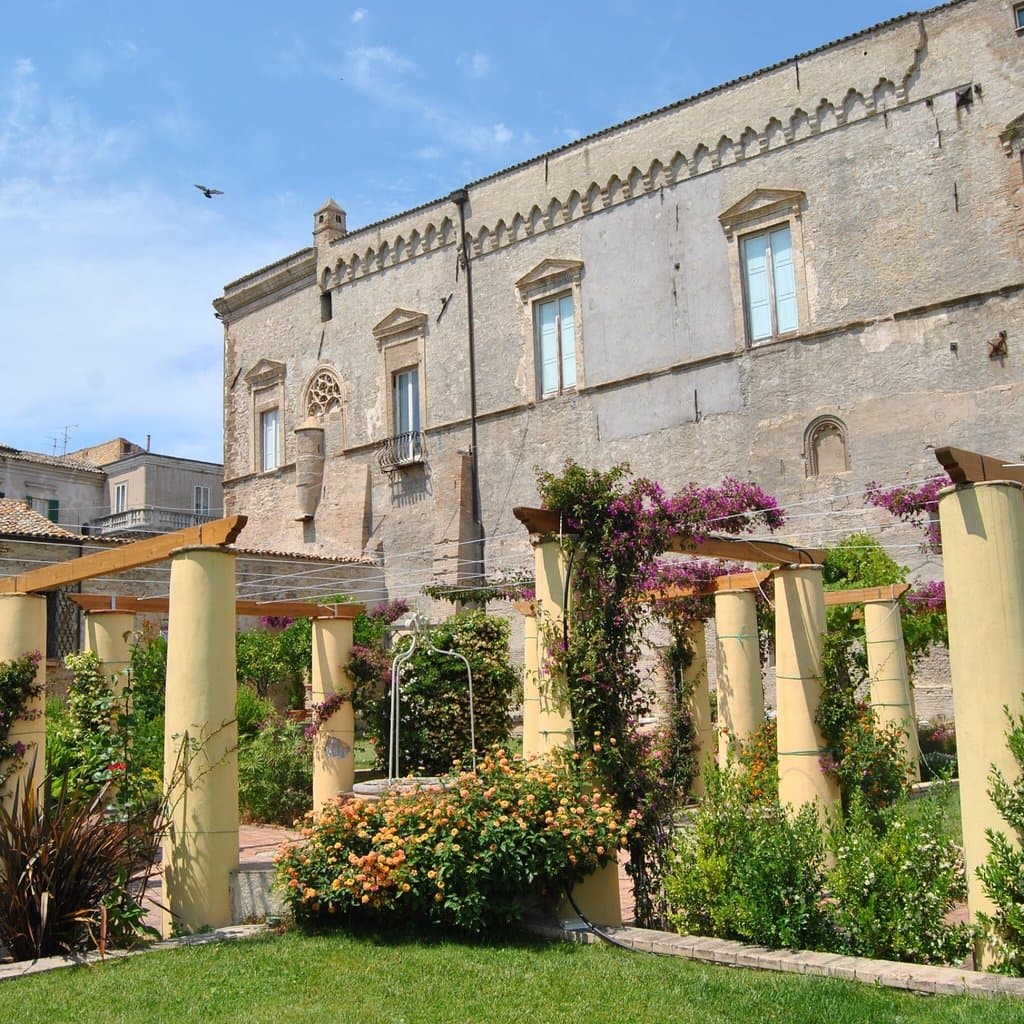
Social
from TikTok, Instagram & Reddit